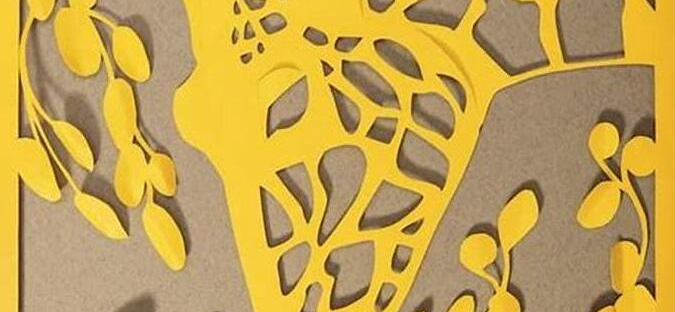Paper cutting, an ancient art form that has transcended cultures and centuries, is a testament to human ingenuity and the beauty of simplicity. With nothing more than a sheet of paper, a sharp blade, and an imagination brimming with ideas, artists can create intricate designs that captivate and inspire. This essay delves into the world of paper cutting, exploring its history, techniques, and the profound impact it has on those who practice it.
Originating in China over two thousand years ago, paper cutting, also known as jiǎnzhǐ (剪纸), was initially used for religious and ceremonial purposes. As the art form spread to other parts of Asia and eventually the world, it evolved into a diverse and vibrant expression of culture and creativity. Today, paper cutting can be found in various forms and styles, each reflecting the unique heritage and artistic vision of its practitioners.
At its core, paper cutting involves cutting or tearing paper into shapes and patterns, often with intricate details and fine lines. The process requires patience, precision, and a keen eye for design. Artists use a variety of tools, including scissors, knives, and even specialized paper-cutting machines, to create their masterpieces. The results are often stunning, with delicate patterns and figures emerging from the plain surface of the paper.
One of the most remarkable aspects of paper cutting is its versatility. The art form can be applied to a wide range of media, from traditional red paper used for Chinese New Year decorations to modern materials like cardstock and vinyl. It can also be incorporated into a variety of crafts, such as bookbinding, paper lanterns, and even fashion design. The possibilities are truly endless, limited only by the artist's imagination

